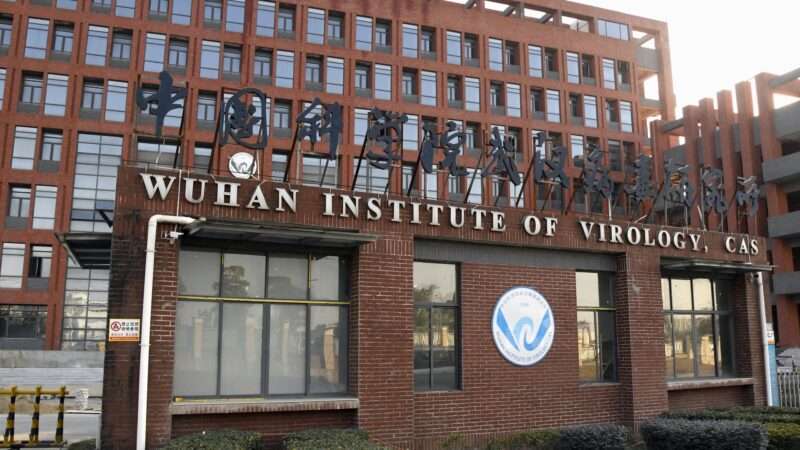
Thus far, researchers have not identified ancestral viruses that could have plausibly given rise to the SARS-CoV-2 virus that causes COVID-19—so says a new report from the Scientific Advisory Group for the Origins (SAGO) of Novel Pathogens set up by the World Health Organization (WHO).
The report, however, notes that "the current available data on the closest related SARS-like viruses and susceptibility of many animal species to SARS-CoV-2 suggest a zoonotic source." Assuming a natural outbreak, horseshoe bats are a likely reservoir of the virus in the wild, although it could also have passed through an unknown intermediate species before infecting humans.
An alternative hypothesis is that the COVID-19 virus somehow escaped from the Wuhan Institute of Virology, whose researchers were known to be experimenting with coronaviruses. Although three of the 27 members of the SAGO objected to consideration of the "lab leak" theory for the possible origin of the COVID-19 virus, the report states that "it remains important to consider all reasonable scientific data that is available either through published or other official sources to evaluate the possibility of the introduction of SARS-CoV-2 into the human population through a laboratory incident."
Interestingly, a Chinese team reported the results of testing 1380 samples taken from the Huanan Seafood Wholesale Market, where the outbreak was first identified. None of the samples from 188 live animals sold as meat detected the presence of the COVID-19 virus, but the researchers did find it in 73 samples from the ground, sewer wells, and various containers. "Skeptics of the natural origin theory maintain the market cluster could merely be a superspreader event touched off when a person infected with a lab-escaped coronavirus visited it," noted Science back in February.
Further investigation into the lab leak hypothesis would require that the Chinese government provide "access to and review the evidence of all laboratory (both in vitro and in vivo studies) with coronaviruses including SARS-CoV-2-related viruses or close ancestors." Going forward, the SAGO would like to obtain more information about "the nature of the studies performed before the first reported COVID-19 cases in Wuhan and whether they involved reverse engineering or gain-of-function, genetic manipulation or animal studies with strains of SARS-like CoV."
WHO Director-General Tedros Adhanom Ghebreyesus sent two letters in February to Chinese Premier Li Keqiang and National Health Commission head Ma Xiaowei asking for any updates with respect to ongoing studies focused on the origins of the COVID-19 virus. However, the SAGO report notes that the Chinese government and researchers have "not provided any information related to studies conducted evaluating the laboratory hypotheses as a possible introduction into the human population."
The SAGO reports that it will remain open to "any and all scientific evidence that becomes available in the future to allow for comprehensive testing of all reasonable hypotheses," including the lab leak hypothesis.
The Chinese government's continued stonewalling of independent investigations of the origin of the COVID-19 virus strongly suggests that it has something to hide.
The post COVID-19 'Lab Leak' Origin Theory Merits Further Investigation, Says New WHO Report appeared first on Reason.com.







